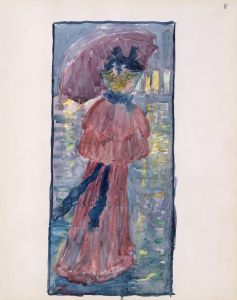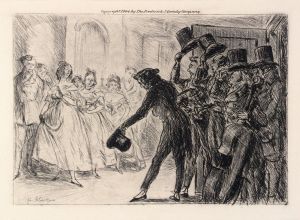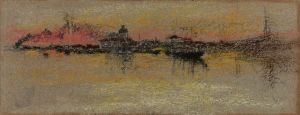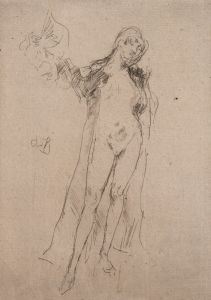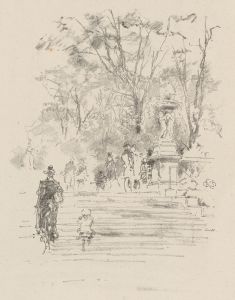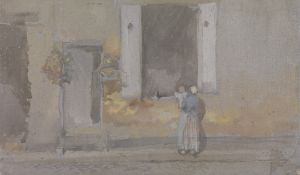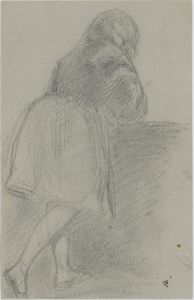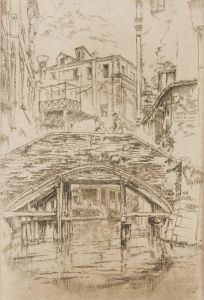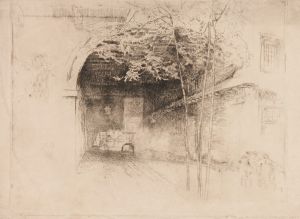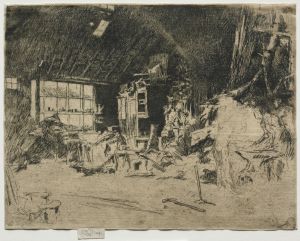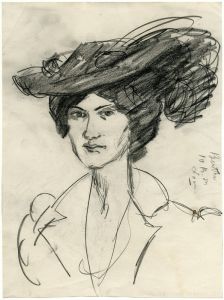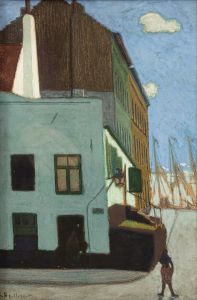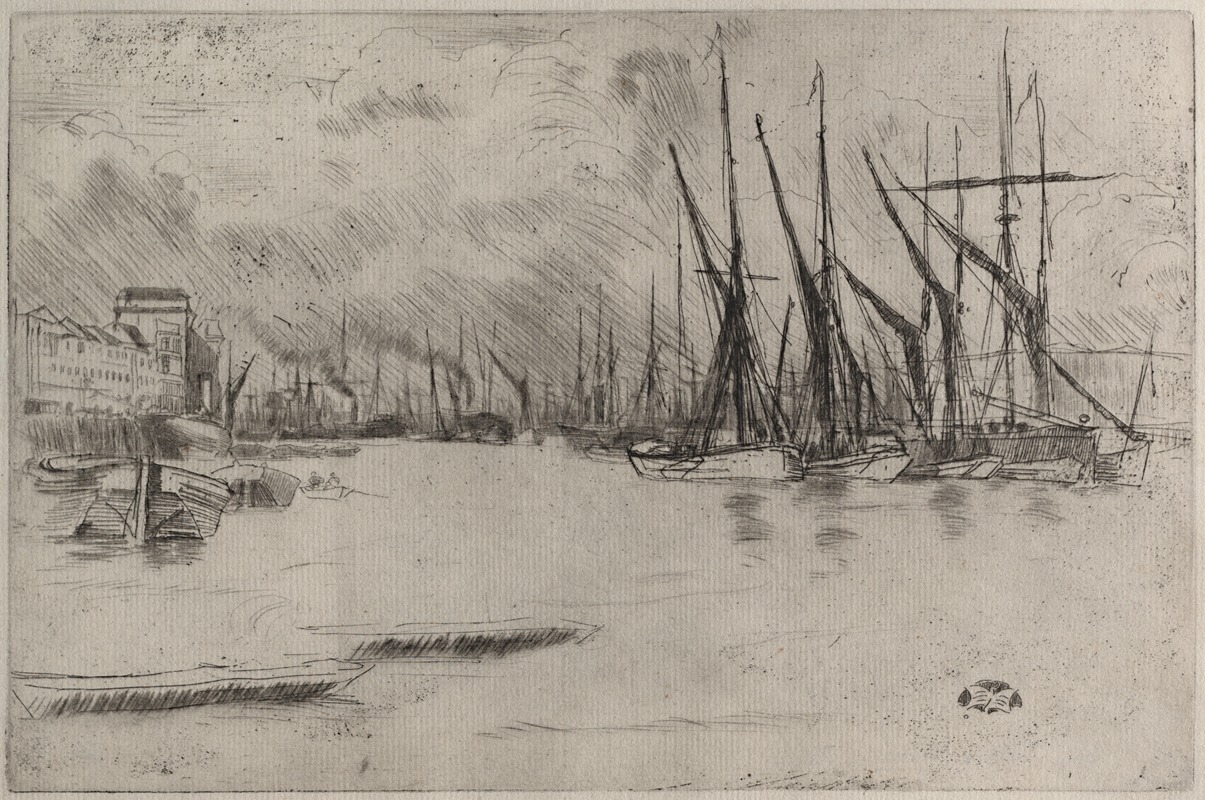
From Pickle Herring Stairs
A hand-painted replica of James Abbott McNeill Whistler’s masterpiece From Pickle Herring Stairs, meticulously crafted by professional artists to capture the true essence of the original. Each piece is created with museum-quality canvas and rare mineral pigments, carefully painted by experienced artists with delicate brushstrokes and rich, layered colors to perfectly recreate the texture of the original artwork. Unlike machine-printed reproductions, this hand-painted version brings the painting to life, infused with the artist’s emotions and skill in every stroke. Whether for personal collection or home decoration, it instantly elevates the artistic atmosphere of any space.
James Abbott McNeill Whistler was an American artist known for his significant contributions to the art world during the late 19th century. He is best recognized for his paintings, etchings, and lithographs, which often reflect his interest in the interplay of light and color. One of his lesser-known works is "From Pickle Herring Stairs," an etching that captures a scene from the bustling area of the Thames River in London.
"From Pickle Herring Stairs" is part of Whistler's "Thames Set," a series of etchings created in the early 1860s. This series was inspired by the artist's fascination with the life and activity along the River Thames. The etchings in this set are notable for their detailed depiction of the river's industrial and commercial environment, showcasing Whistler's keen observational skills and his ability to convey the atmosphere of the locations he depicted.
The Pickle Herring Stairs were located on the south bank of the Thames, near London Bridge. This area was known for its warehouses and docks, which were integral to the city's trade and commerce during the 19th century. Whistler's etching captures the essence of this vibrant locale, illustrating the dynamic interaction between the river and the urban landscape. The composition typically includes elements such as boats, warehouses, and figures engaged in various activities, reflecting the industrious nature of the area.
Whistler's technique in "From Pickle Herring Stairs" demonstrates his mastery of etching, a printmaking process that involves incising a design onto a metal plate with a needle. The plate is then inked and pressed onto paper to create the final image. Whistler's etchings are characterized by their fine lines and attention to detail, which allow him to convey both the physical and atmospheric qualities of the scene. His use of line and shading in this work effectively captures the textures and forms of the riverbank and its surroundings.
The "Thames Set" was instrumental in establishing Whistler's reputation as a leading etcher of his time. These works were well-received by critics and collectors alike, who praised Whistler's ability to capture the spirit of modern urban life. The etchings also reflect Whistler's broader artistic philosophy, which emphasized the importance of capturing the beauty and harmony of everyday scenes.
"From Pickle Herring Stairs" and the other etchings in the "Thames Set" are significant not only for their artistic merit but also for their historical value. They provide a visual record of a specific time and place in London's history, offering insights into the city's industrial landscape and the lives of its inhabitants during the 19th century.
Whistler's work, including "From Pickle Herring Stairs," continues to be studied and appreciated for its technical skill and its contribution to the development of modern art. His ability to blend realism with a subtle sense of atmosphere has left a lasting impact on the art world, influencing generations of artists who followed.






